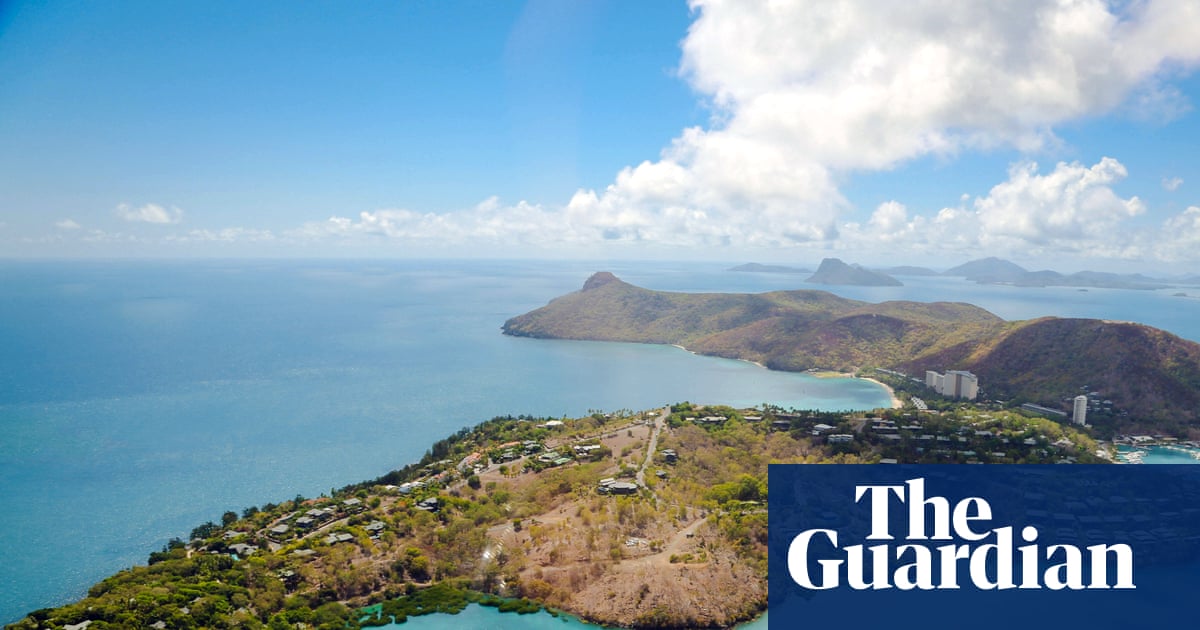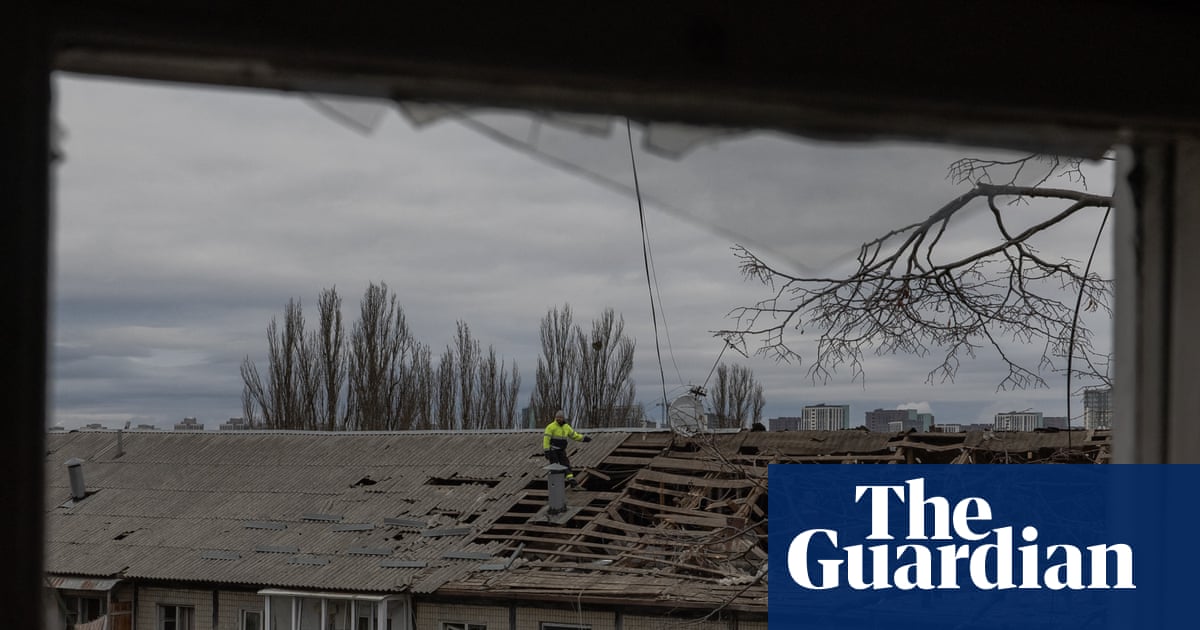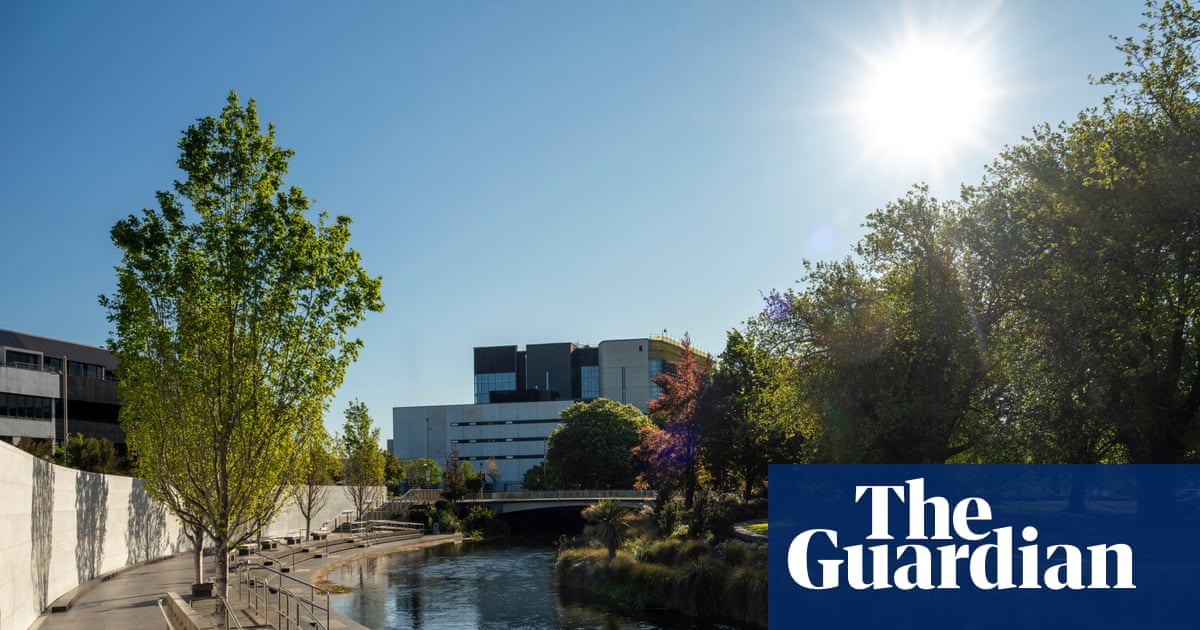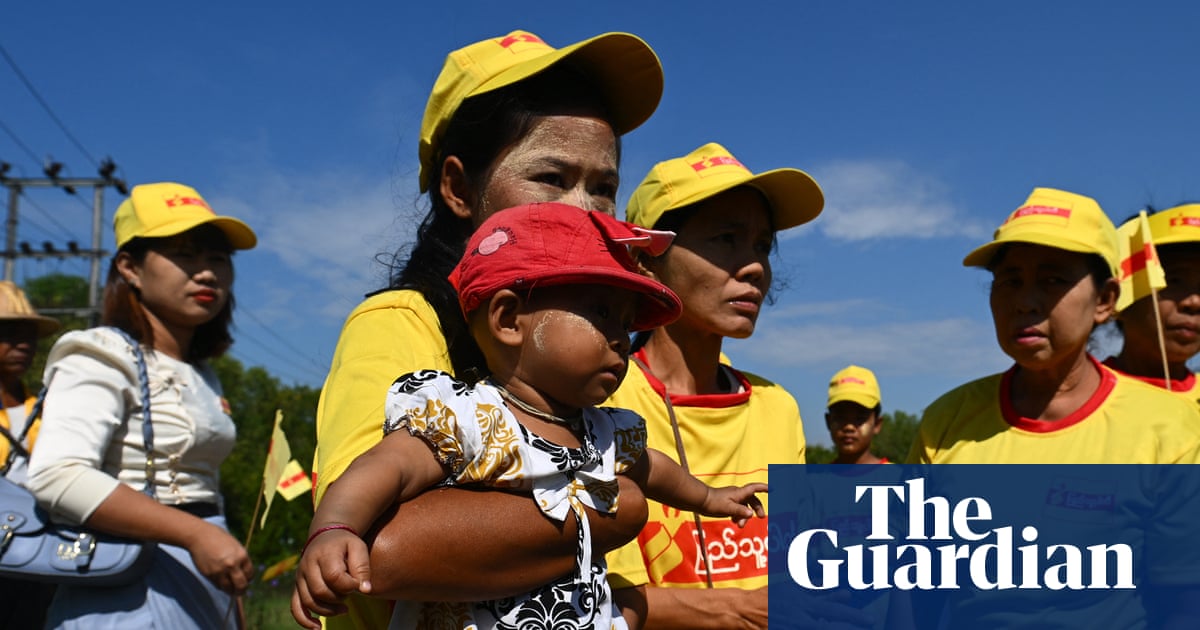Sandy Monrose never imagined herself as a farmer. Descended from generations of fishers on the breezy south-eastern tip of Mauritius, she has the Indian Ocean running through her veins. But when a merchant ship slammed into the coral reef, turning the sea inky black with toxic fuel and sinking the local economy, she and a group of local women turned to the land to feed their families.
Five years after the Japanese-owned MV Wakashio ran aground off the white sands of Pointe d’Esny, her “model farm” in the nearby nature reserve of La Vallée de Ferney is flourishing. Sitting under a metal-roofed gazebo, she surveys the formerly tired plot she secured from landowner Ferney Ltd, now a joyous riot of greens, bursting with papaya and banana trees, and patches of onions, potatoes, taros, manioc, bok choi, winged beans and lots more besides.
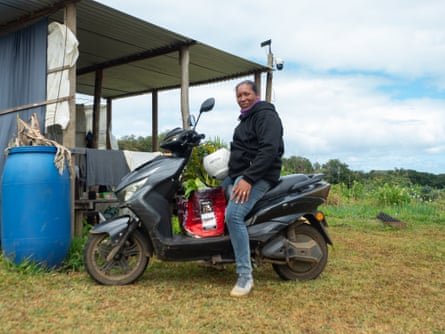
“I never thought it would get this big,” she says, as fellow members of her South-East Ladies Agro collective arrive, wielding scythes and pickaxes. This year, her team of 10 has grown a tonne of organic fruit and vegetables on the revitalised acre of land, feeding their loved ones and selling on the surplus in a cycle of self-sufficiency.
Memories of the biggest ecological disaster to hit the island are still raw. Monrose, who lived in the fishing village of Cité la Chaux, remembers the “creaking and groaning” of the hulking vessel in the high winds after it crashed on 25 July 2020. Twelve days on, the hull fractured, spewing 1,000 tonnes of fuel oil into the pristine waters, endangering mangroves, seagrasses, fish and other marine life. Dozens of dead dolphins washed up on the shore.
“Nu ti pe gayn laraz,” says Monrose – we were raging. “As people of the sea, we knew what needed to be done.”
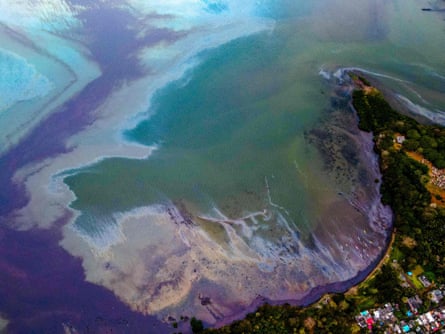
The disaster also threatened the area’s economic ecosystem – already weakened by that year’s first Covid lockdown – jeopardising the livelihoods of fishers, skippers, boat builders, tourism workers and others dependent on the sea for a living. Pre-Wakashio, Monrose had been odd-jobbing as a seamstress and cleaner as her skipper husband eked out a precarious living finding work day-to-day, with “no security”.
After the oil spill, she roared into action, becoming a fixture on the Mahébourg waterfront. She drew on childhood memories of sewing her father’s fishing nets to show people flocking to the south-eastern port town how to quickly assemble net booms filled with sugar cane leaves and hair to contain and mop up the mess. Her cousins brought their fishing boats to cast them out to sea. Up and down the coast, volunteers mobilised to make hundreds of booms to safeguard their shores.
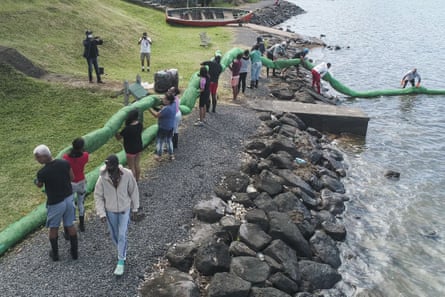
It was only months later, as the grim reality of lost livelihoods sunk in, that the idea of starting a farm germinated. By this point, Monrose had been meeting women from nearby communities while delivering food packages with the local NGO Eco-Sud. Figuring she had nothing to lose, she made an appointment with Ferney Ltd – part of Mauritian multinational Ciel Group – which runs an “agri-hub” for farming entrepreneurs.
“It was unimaginable,” she says. “We asked for land and we got it on the same day.”
By 2021, the women were working on the land. Florisse Latouche, is one of five original team members still there. She recalls the growing pains of those early days: the new farm was bogged down by tropical rainstorms, which repeatedly flooded the vegetable patches and overturned the beehives. Eventually, Ferney Ltd gave them land on higher slopes. Once the site of a sugar cane plantation, the over-fertilised soil was badly in need of some expertise.

For this new phase of collaboration, Ferney organised training for the women in agroecology, permaculture and beekeeping. “That’s when things got serious. The farm became very structured,” says Monrose, describing with pride how it was thought out, with the compost heap positioned on higher ground so nutrients could flow downhill, and a carefully planned patchwork of beehives, fruit trees, and countless vegetables and herbs planted on rotation running down the slope.
Latouche, from the tiny village of Bambous Virieux, says farming gave her a new sense of autonomy after a lifetime cutting cane for low wages. The extra cash from selling off surplus produce has been a godsend after her husband lost the income from his second job as a fisher. Bringing home the bok choi, so to speak, has made her “feel stronger”.
For trainee Marie Claire Robinson, 41, the farm has been a gamechanger. Like Latouche, her husband, who combines construction work and fishing, was still struggling to get a decent catch in the lagoon. Under increased financial pressure, the mother-of-two was juggling a high-pressure job as a social worker with looking after her 22-year-old son, who has cerebral palsy. On the brink of burnout, she quit her job and joined the farm.
Robinson, who lives near Monrose in Cité la Chaux, values the female camaraderie. “While we work, everyone is chatting, talking about what’s happening at home, sharing their emotions. Sometimes there are tears,” she says. “There are things we wouldn’t talk about outside, about our bodies, menopause, children, financial worries, illness.”

“What’s said on the farm stays on the farm,” quips Monrose, as the women take their seats in the gazebo for a potluck lunch of leafy greens, winged beans, sausages and saltfish left over from the previous night’s dinners.
“The hours I spend here working the land are for me,” says Robinson. “Now, I’m here, I’m not thinking about home. I’ve found something that keeps me going, and every day we’re getting food to take home.
“Here we come back to the source as women,” she says.

 3 months ago
45
3 months ago
45
